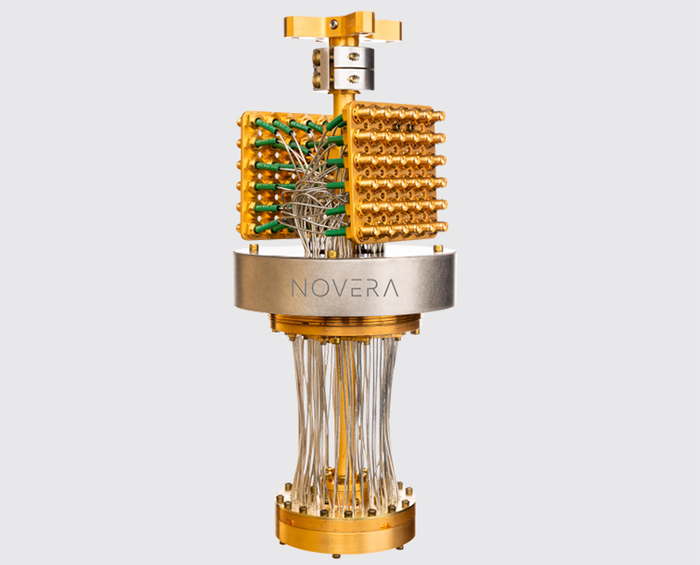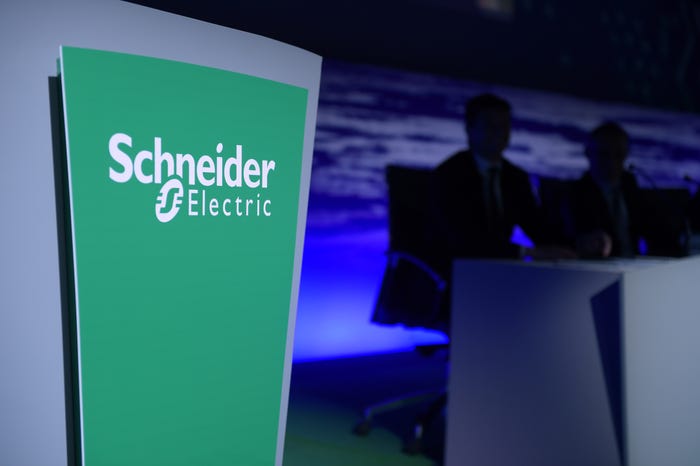Though not the hottest AI technology, RPA tools are finding a home in asset tracking and other showcase IoT efforts.
November 12, 2019

Shiny new AI and machine learning technologies get greater attention, but less glossy Robotic Process Automation methods are finding a home in IoT workflows as well.
Without much fanfare, RPA tools are beginning to appear in key IoT areas such as asset tracking and fleet management, and increasing customer demands for real-time monitoring of inventory and just-in-time deliveries point to further growth.
RPA’s goal is to take on human tasks associated with modern digital transformations. As such, RPA tools are far less ambitious than AI systems meant to predict business trends and make complex business decisions in real time.
Its narrow objectives have made RPA something of a sleeper among the host of innovative technologies contributing to IoT application inroads. But, ultimately, RPA’s role may well be overshadowed by larger AI efforts, according to one analyst.
“In a sense, RPA is low-hanging fruit for organizations that are working to automate processes,” said Pierfrancesco Manenti, research vice president for Gartner’s supply chain team, and co-author of Gartner’s 2019 “The Path to the Lights-Off Supply Chain” report. But, AI is coming.
AI will be a more disruptive factor in future, highly automated supply chains, he said.
“It’s the intent of the technology to replicate human intelligence,” Manenti said. “It’s cooler.”
Cooler, but not here quite yet.
By Gartner’s estimates, 55% of supply chain work will be partially automated, with humans handling the orchestration of exceptions, through to 2025, according to Gartner’s research presented in “The Path to the Lights-Off Supply Chain: The Rise of AI to Automate Supply Chains of the Future.”
Low-Hanging RPA Fruit with Roots
While full automation and AI are works in progress, “low-hanging” RPA may be a bit more here and now. RPA, which is an amalgam of integration techniques with deep roots in rules-based business process management and web services is a mature technology.
For its part, analyst group IDC defines RPA as “software code that automates and assigns standardized, rules-based, repetitive and high-volume processes involving several interoperable systems — which were traditionally executed by humans — to a robot.” Since these programs may be relatively simple, the term ‘bot’ has arisen to describe semi-autonomous RPA apps.
RPA does seem to be on the upswing. By IDC’s estimate, the RPA software market will have expanded 49.3% (compound annual growth rate) over the five years running up to 2022, when it will comprise $3.7 billion. That figure is not quite up there with spending on cognitive and AI systems, envisaged at $77.6 billion in 2022, but it is still a hefty sum. It’s not surprising that the RPA market continues to gain vendor attention.
Among RPA integration vendors are Automation Anywhere, Blue Prism, UIPath and others that have found success in backroom financial apps and have been edging their way into logistics and IoT-oriented supply chain applications.
Meanwhile, IT mainstays such as IBM, Kofax, Oracle, Pegasystems, SAP, SoftwareAG and others have created, purchased or partnered to offer RPA to supply chain customers, increasingly with an IoT twist.
Sensor network monitoring companies such as FourKites, Roambee, SmartSense and others are working with partners to provide RPA hooks to their offerings as well.
If this, then that RPA represents “if-this-then-that programs where sensors in connected devices collect data that is used to perform subsequent actions not necessarily related to that device,” according to Mark van Rijmenam, chief executive officer at big data consultancy Data Floq and author of “The Organisation of Tomorrow” (due from Routledge Press in 2020).
“RPA enables organizations to link multiple, dispersed connected devices to each other. The output of one device is the input of another device,” he said. “This provides enormous benefits for logistics systems or asset tracking systems.”
In such ways, RPA can be a vital part of bringing IoT data into the broader business system, according to Elvira Wallis, who is senior vice president and global head of IoT at SAP. The company purchased RPA specialist Contextor last year, and, she said, has begun to include its technology in delivery-oriented IoT applications.
“Connecting sensor signals is an important thing,” Wallis said, “But the questions are ‘what insights do we get?’ and ‘what does it do for the business process?’”
That is where RPA tools can help in IoT-based supply chain and related systems. Examples Wallis cited for RPA in logistics included tracking perishables and oncology drugs.
“RPA bots can be used to fetch the condition of the materials, proof of status, proof of delivery, and to create reports,” she said.
Max Mancini also sees RPA playing a role in broader IoT processes. Mancini, who is executive vice president for the digital worker ecosystem at RPA player Automation Anywhere pointed to package tracking apps that look for anomalies in operations as an example.
“When a package goes off the tracks, you have to take action. You need monitor alerts, but you also have to take action, such as filing a ticket,” he said. “RPA bots pick up those tickets, and link to other systems, such as ERP systems.”
Mancini noted that RPA systems work best on structured data, and that, when they are connected to AI- and machine learning-based systems that can extract unstructured — or “dark” data — RPA is opened up for far more uses.
Others agree. RPA working with AI in a complementary manner has added benefits in next-generation IoT-enabled supply chains, according to Chris Huff, chief strategy officer at Kofax, a company that built on an early (2013) purchase of enterprise mashup maker Kapow to take on the RPA market.
“RPA is rules-based. It doesn’t think,” he said. Like his Automation Anywhere counterpart Mancini, he said RPA would become part of larger ‘Intelligent Automation’ platforms that combine the two technologies in supply chain and other settings.
Moving into the IoT Field
RPA tooling has helped a worldwide freight and supply chain management firm to handle mundane but important processes that are part of modern logistics operations, according to Emma Curzon, senior business analyst at U.K.-based Davies Turner.
The company, she said, has used Kofax RPA to automate more than 520 “bots” or RPA processes over several years. A big driver for RPA has been meeting customers’ expectations to get proof of delivery. That has led shippers to take on responsibility for more logistics-oriented services.
“Customers want that more and more, and we were able to quickly build ‘bots’ that provided it,” she said. “Especially in retail, everyone wants a system they can log into to see where their [inventory] is.”
Today, these are not necessarily applications that go under the IoT banner. Much of the package tracking information that bots work on comes from transfer companies that may or may not enable pallets or packages with IoT sensing devices.
But Curzon said such IoT-like methods are becoming increasingly common with ocean-going vessels that alert Davies Turner RPA processes when laden ships reach harbor. While some analysts and users say complex tasks can stymie RPA, Curzon hasn’t seen that happen in the Davies Turner practice.
“We have used the Kofax bots to do a lot of processing of data. Where there are large amounts of data, we get the bots to grab and prepare it and integrate it with other tools that create reports,” she said.
So far, RPA has been largely relegated to feeding backroom systems that generate reports, create work orders or track inventory status. But signs suggest a broader role ahead.
Although RPA has evolved outside of IoT, its ability to automate manual tasks that are important in logistics, transportation and supply chain makes it a technology to watch. Today, RPA is vying to be part of many end-to-end IoT systems now on the drawing board.
About the Author(s)
You May Also Like




.png?width=700&auto=webp&quality=80&disable=upscale)
.png?width=300&auto=webp&quality=80&disable=upscale)


.png?width=300&auto=webp&quality=80&disable=upscale)